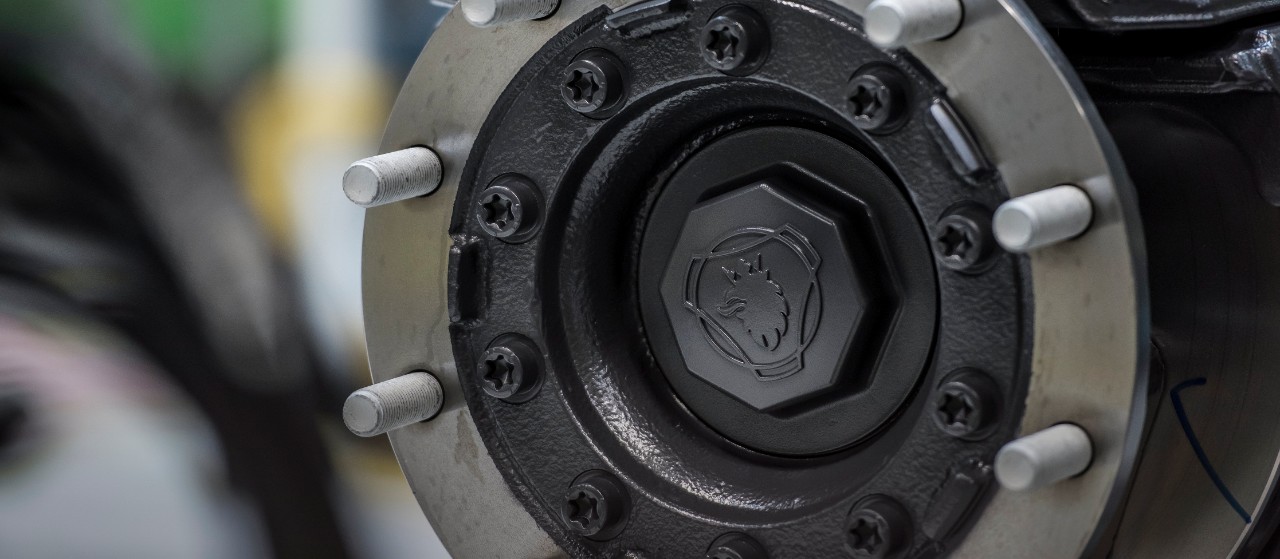
Responsible chemical use
Hazardous substances are used to meet complex technical performance requirements of today’s vehicles, but their use must be carefully managed. Two areas are critical to manage hazardous substances – limiting the use in production processes and in our products during operation.
Many substances can do harm when released into the environment. They are at risk of accumulating in humans and wildlife and climbing the food chain. They can also chemically react with one another, producing new substances with new risks. What’s more, they can potentially pose immediate and long-term risks to people who come into direct contact with them.
For all these reasons, we must ensure that chemicals are handled responsibly and that their use is limited to the greatest degree possible. Scania’s standards are continually updated to keep pace with scientific findings and regulation.
A proactive approach
Scania’s exposure to chemicals use exists both during production and when the vehicle is being serviced. Scania’s Environmental Principles underscores the following principles for chemical management:
- We strive to select chemicals with the lowest possible health and environmental risk. We continuously seek less hazardous alternatives.
- We prohibit or restrict the use of specific substances, which are prioritised substances of concern due to effects on human health, environment and/or risk for future prohibition. Restricted substances should only be used when no technically and economically feasible alternatives are available.
- Risk assessments are regularly carried out, taking into account the properties of chemicals and their intended use.
In products and production
Detailed material and substance declaration, Material Data Sheet, MDS, for all sourced parts must be submitted from suppliers to Scania via International Material Data System, IMDS. Scania-accepted MDS is a mandatory requirement for the Production Part Approval Process. Those MDS enable Scania to identify substance uses in parts that deviate from Scania’s requirement stated in standard CVS55, prohibited and restricted substances in products.
STD4158 and STD4159 are the standards applied to chemical products used within our own operations. Both these standards are accompanied by STD4160 “List of Prohibited and Restricted Substances in Chemical Products” and are also intended to complement requirements from national legislation and other agreements. All supplied chemical products shall be followed by a Safety Data Sheet, SDS, and this is used to evaluate and assess risks associated with the use of the chemical product.